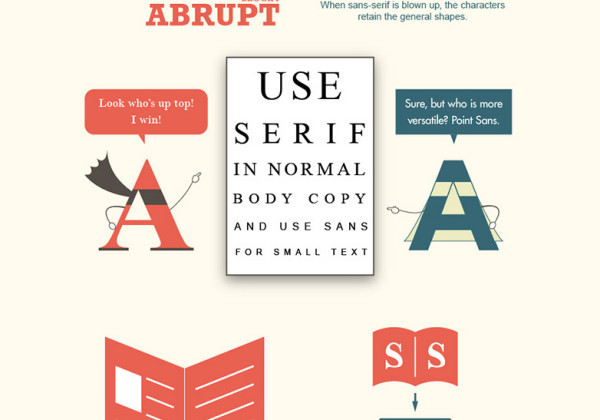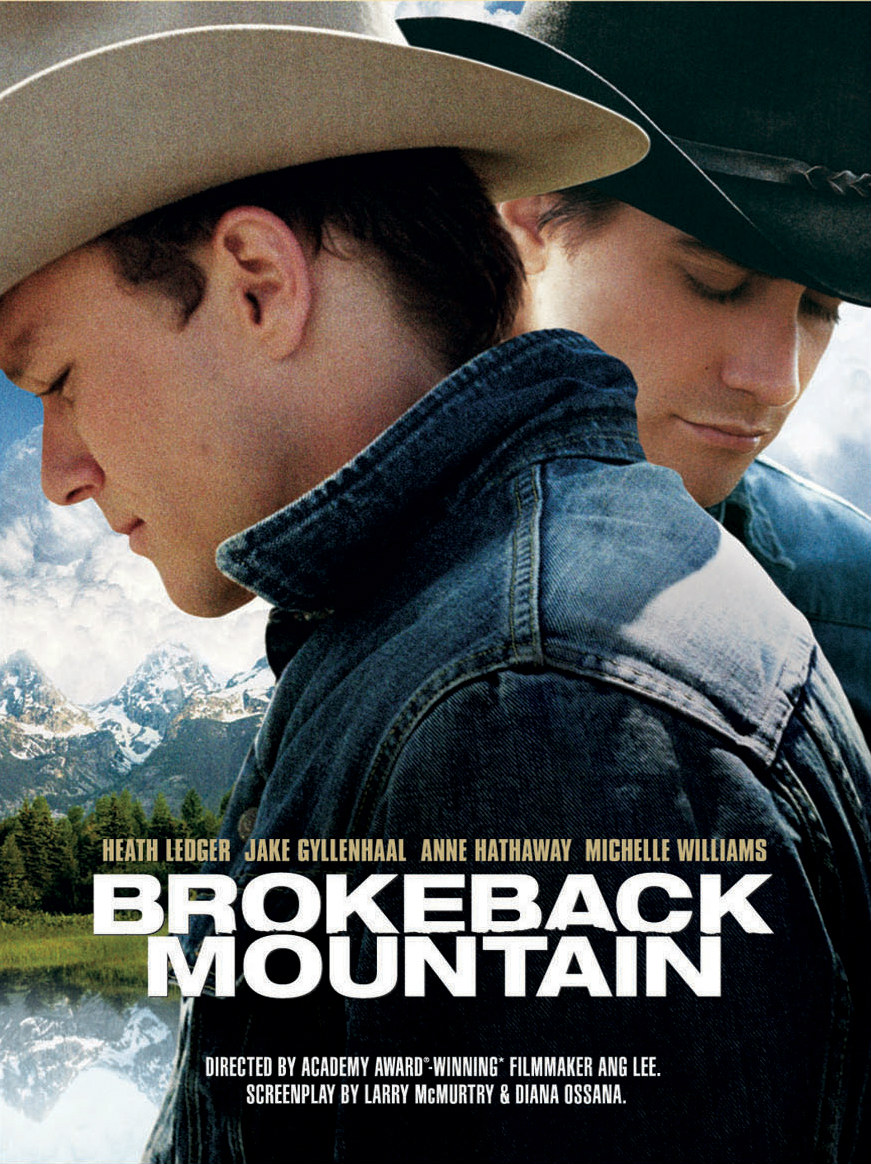

When you think about popular brands like Coca-Cola, Harley-Davidson, and Disney, you can easily visualize their unique logotype in your mind. This is especially true when it comes to logo design. Build brand recognitionĪ powerful role of typography in graphic design is to establish and grow brand recognition. Each level utilizes a different font, and the hierarchy is further established through sizing. The standard approach is to establish three levels of typographic hierarchy: headings, subheadings, and body copy. For instance, using a geometric sans serif typeface for headings and a classic serif for the body. Either way, there needs to be an intentional and harmonious balance between different competing elements in order to get the primary message across quickly and easily.Īnother way to create typographic hierarchy is through the combination of different typefaces. In a text-heavy design, we need to use typography design in order to differentiate different sections and call attention to important messages. In a design that's primarily image-based, the typography needs to be strong enough to get noticed. Through typography, we can heighten the message of a design in a clear and legible way. Graphic design is all about visual communication. Why do we put so much time and energy into typography? In no particular order, let's go over the top eight reasons why typography is important in graphic design. Whether you're designing a landing page, book cover, or logo, you may spend countless hours just playing with the type. It requires both strategy and a good eye for visual aesthetics. To learn more about typography fundamentals, check out our related post: What is typography? The importance of typography in graphic designĪs you know, converting text into a design isn't a simple copy-paste job. For example, a large heading contrasts with small body copy. Other ways to create contrast with typography are through pairing different typefaces and font weights (as discussed above), and through sizing.
#Difference between typeface and font how to#
However, there are many ways to create contrast through the strategic use of color (check out this post to learn how to use color strategically in web design). A simple and effective example of contrast in typography is black text on a white background. High color contrast between the type and the background improves legibility. The below graphic helps illustrate the difference between typefaces and fonts, using Proxima Nova as an example.Ĭontrast is critical in graphic design, especially where typography is concerned. Examples of fonts include Times New Roman Italic and Arial Bold.

A font is a variation of a typeface, typically bold, italic, or a combination of the two. Some familiar examples include Times New Roman, Arial, and Brush Script. As a graphic designer, it's important to understand the difference between these terms.Ī typeface is a family of fonts. In fact, when most people say "font," what they're really referring to is a typeface. The terms "typeface" and "font" are often used interchangeably. Below are some fundamental concepts to keep in mind when using typography in graphic design.

Through practice, you'll develop an eye for good typography and will get better at making strategic design choices. Hitting all the marks of effective and visually appealing typography in graphic design requires a solid understanding of basic design principles.
#Difference between typeface and font download#
🤑 FREE Google Fonts eBook 👉 Download Now! 🤑 How to use typography in graphic design Thus, it's in our best interest, and our clients', to learn how to effectively use typography in graphic design. In contrast, if a design is busy, confusing, and causes us to strain our eyes, we run the other way. We're drawn to visually attractive designs that are clean and easy on the eyes. Another function of typography revolves around aesthetics. The first is to promote legibility, and the second is to help communicate the messaging, tone, and sentiment of a design piece. Typography has two main purposes in graphic design. It's central to every form of design, both print and digital. The art of typography is one of the most important skills every graphic and web designer needs to master. Typography is the strategic arrangement of type in order to make written language readable and visually appealing. Before we dive in, let's kick off with a refresher on what typography is and what it's used for.


 0 kommentar(er)
0 kommentar(er)
